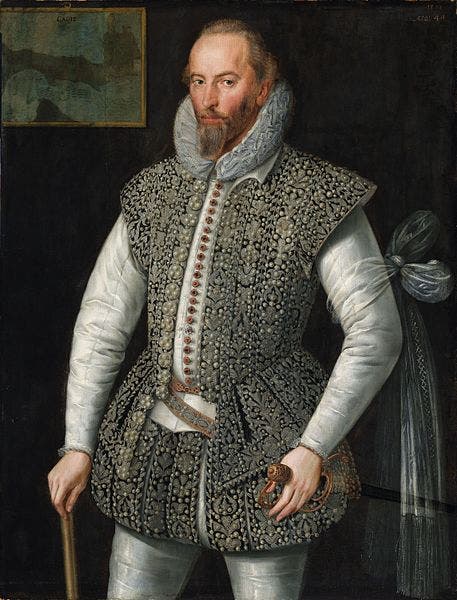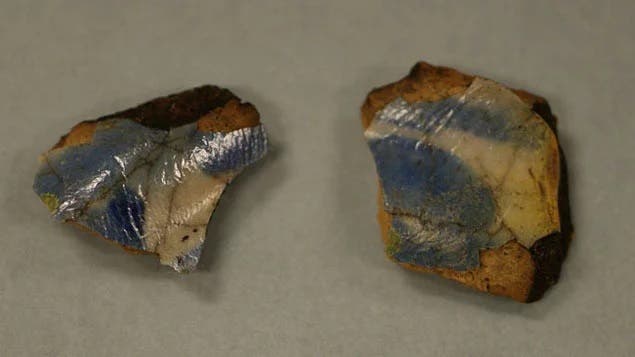
In the 17th century, the British were watching the Spaniards with heartburning envy as they set up a global colonial empire that brought home ships filled with gold. Queen Elizabeth found it unacceptable for her kingdom to stand by idle and ordered expeditions to the New World, dreaming of the same riches the Spaniards had plundered in South and Central America.
These colonization expeditions, however, proved incredibly harrowing and unsuccessful before the first permanent colony was founded in 1607 at Jamestown in Virginia. Thousands of hopeful immigrants died or went missing during the long years before the English could establish a stable footing in North America. Among them were the crew of Sir Walter Raleigh, one of Queen Elizabeth’s favorite subjects who was tasked with founding the first North American colony in 1585.
Raleigh tasked an expedition of 117 men, women, and children to establish a settlement on Roanoke Island, situated on North Carolina’s Outer Banks, in 1587. They called it the Cittie of Raleigh.

When a resupply mission arrived finally at the site three years later due to delays caused by the Spanish Armada, everyone was gone. They found the Cittie of Raleigh deserted, plundered, and surrounded “with a high pallisado of great trees, with cortynes and flankers, very fort-like”.
Nothing remained that would foretell of the colonists’ presence there apart from the word “CROATOAN” carved into one of the trees and the letters “CRO” carved into another nearby tree. Croatoan were names given to the place and people of modern-day Hatteras Island, about 50 miles south of Roanoke Island off the Outer Banks.
Modern day search for the Lost Colony
Now, archaeologists have recommenced surveys and digs around the Fort Raleigh National Historic Site in a bid to unearth new clues that may unravel the mysterious fate of the Lost Colony. What’s interesting about this expedition is that the public will be invited to view the dig and even contribute until September 24.
“The upcoming dig offers a unique opportunity for anyone interested in the fate of the Lost Colony to watch professional archaeologists at work,” said David Hallac, superintendent, National Parks of Eastern North Carolina.
The archaeologists are exploring multiple sites deemed promising following surveys using ground-penetrating radar in 2016. This includes areas where archaeologists found several artifacts, such as earthenware fragments, which they believe could be a metallurgical and science workshop set up by Thomas Harriot and Joachim Gans just a few years before Raleigh’s settlers arrived.
Sir Raleigh sent explorers Philip Amadas and Arthur Barlowe to scout the island in 1584, who wrote back that it was inhabited by two native tribes, the Manteo and Wanchese. Some of the new digs will focus on this expedition as well.

Hopefully, the artifacts the archeologists might find could help determine the fate of the Lost Colony. Previous expeditions found artifacts 50 miles west of Roanoke Island and about 50 miles south of Roanoke Island, on Hatteras Island. Both discoveries suggest that the initial colonists split up into two or more widely separated survivor camps. They were likely aided by Native Americans without whom they could never have survived.
Raleigh himself never visited North America. Instead, he led expeditions in 1595 and 1616 to the Orinoco river basin in South America, in search of the golden city of El Dorado. During the last expedition, a detachment of Raleigh’s men attacked a Spanish outpost, in violation of peace treaties with Spain and against Raleigh’s orders. Upon Raleigh’s return to England, King James ordered his execution to appease the Spanish ambassador.


